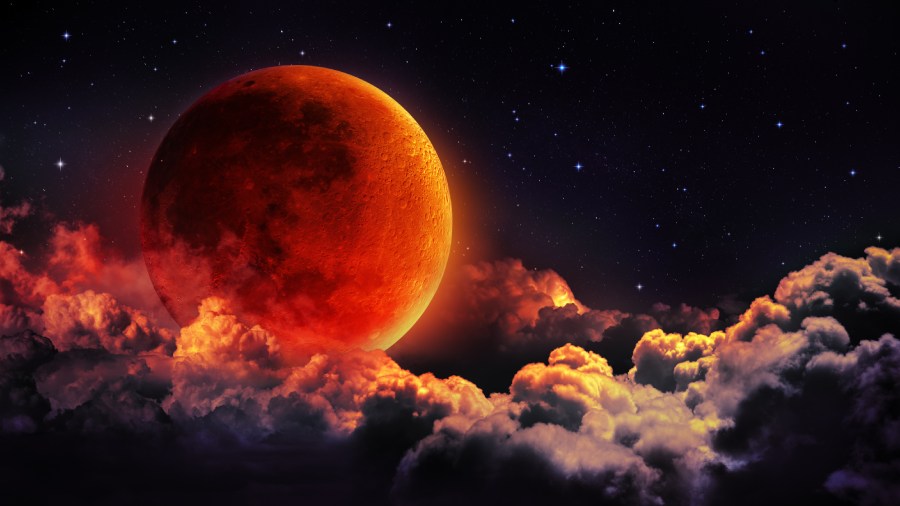The excitement surrounding the blood moon or total lunar eclipse was quite something. All kinds of to-dos floating around on social media. When to see it, how to, what-to-know. And post event, photo testimonies. It is easy to forget how we got here, collectively. When Alexander the Great’s army was shaken at the sight of lunar eclipse, the king got Egyptian astrologers to declare that it was a good omen. Roman historian Quintus Curtius Rufus who describes this has to say that soothsayers knew the science but would not make the masses aware. But there are exceptions. At the time of the third Macedonian war when there was an eclipse, a tribune of Roman soldiers, Gaius Sulpicius Gallus, explained to the soldiers the science behind it and won the battle. His Macedonian counterpart kept his men in the dark, quite literally, could not allay their fears and lost the plot.
Interpretation of eclipses
When the bridge over Hellespont was completed by the Persian King Xerxes there was a solar eclipse. The Magians (priests) interpreted it as the sun signalling to the Greeks their destruction. From Tacitus we know that Drusus, son of Tiberius, made use of the lunar eclipse to quell a rebellion brewing in the three Roman legions under him. Almost in every culture eclipse myths abound. Greeks believed that Diana or the moon fell in love with shepherd boy Endymion and lunar eclipses were really her date nights, when she left her heavenly abode to meet her earthly lover. Among the Mbocobis of South America the moon is the man and the sun is the wife. Osiris (the sun) and Isis (the moon) are to the Egyptians brother and sister. In 1504, Christopher Columbus was stranded in Jamaica; the natives wouldn't let his men have any provisions. Columbus had with him his astronomical tables. He knew a lunar eclipse was approaching. He finally told them that the God of the Spaniards was displeased with their poor hospitality and would make the moon disappear. Post-eclipse, suitably convinced the natives did his bidding.
Scarface
In every culture there are stories of how men and women tried to appease the force causing the eclipse. The Chinese made a great noise by beating drums and brass kettles to chase away the miscreant --- a great big dragon. In the Middle Ages, the people of Turin cried loudly. The Mexicans fasted, as did the people of many African countries. In a paper from the late 19th century, Jivanji Jamshedji Modi wrote of one such urban legend from India. He was offering an explanation as to why certain castes — Mangs and Dhers — dared out onto the streets of Bombay during eclipse time seeking alms. The backstory from what he calls a "corrupted version of the original Mahabharata story" was this. Ram was back from Lanka and a feast was in progress. Mahadev and Parvati were serving and among the guests was a Mang boy. The gods were alarmed and Ram killed the Mang boy for spoiling the “sacredness of the feast”. Modi says, “The mother of the boy took up the head and placed it in a basket and tried to resuscitate it with fresh water. With the basket containing the head… she went to the gods and goddesses to ask for her meals." Legend has it that it is the shadow of her basket that causes the eclipse and that is why people are asked to give alms to the Mangs come eclipse time.
Even for an eclipse that's one dark story.











